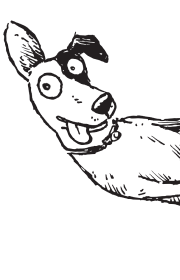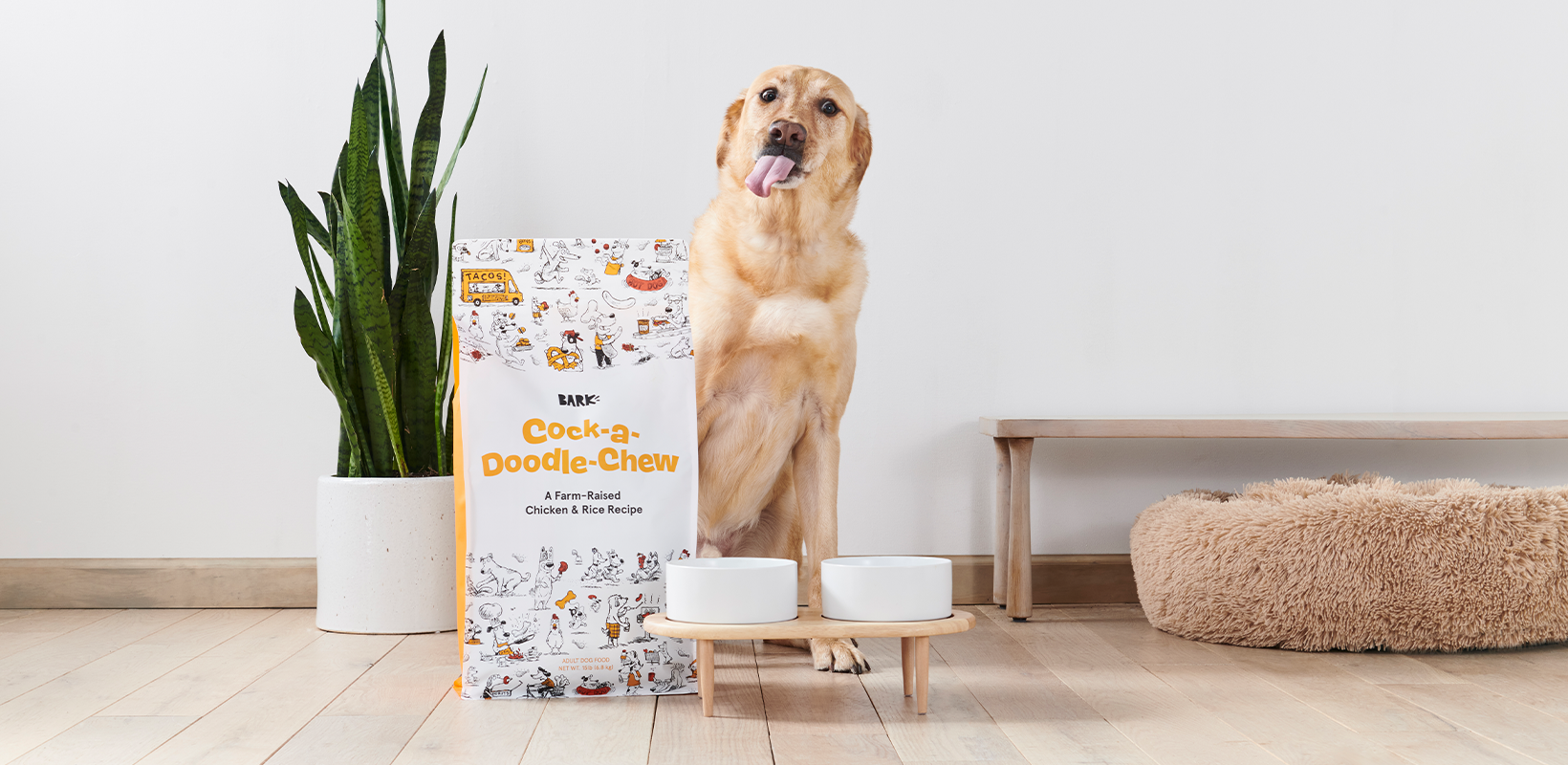It doesn’t take a detective to see that baby-faced dogs such as Pugs and French bulldogs are quickly becoming a favorite among dog owners. Today, these squishy pups are taking over the dog parks, Instagram and everywhere in between.
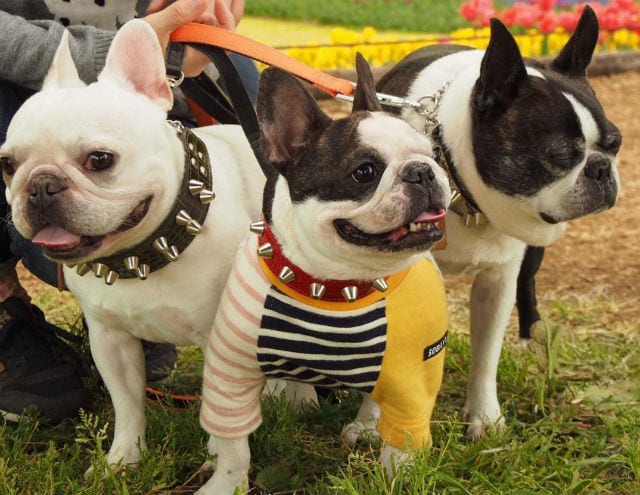

To determine just how popular these dogs are becoming, researchers from the University of Sydney analyzed the registrations for 180 dog breeds from the Australian National Kennel Council (ANKC) between 1986 and 2013.
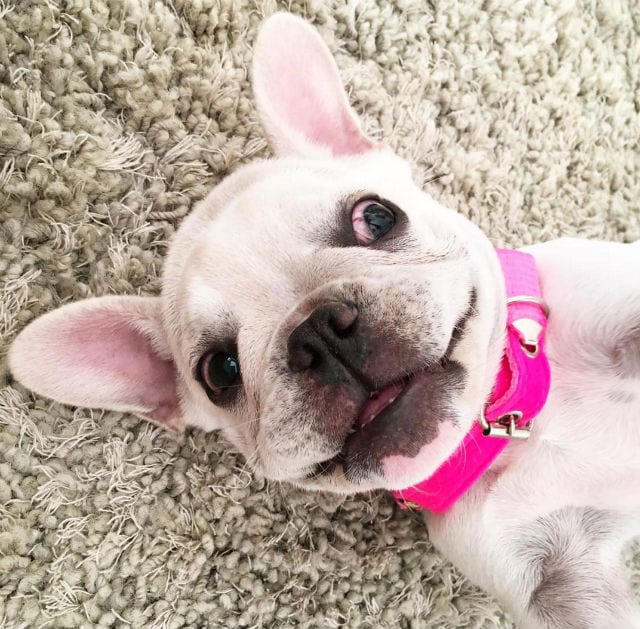

During these 27 years, the number of small- and medium-sized dogs registered grew at the same rate as the number of large- and giant-sized dogs. What is interesting though, is that within these categories, the number of people choosing dog breeds with wider, flatter heads, such as Bulldogs, increased.


This trend isn’t just isolated to Australia, however. Similar trends have been found in the United Kingdom and the United States. The number of French Bulldogs registered to the American Kennel Club grew a staggering 476% between 2004 and 2013.


It’s no surprise that these brachycephalic breeds are growing in popularity. Not only are they adorable, they’ve also been bred to essentially stay puppies forever. Features such as shortened snouts, floppy ears, and large round eyes are all characteristics of neotony, or the retention of juvenile characteristics that persist into adulthood.
[bp_related_article]
Breeds that display these neotonized characteristics, such as Pugs, do not have the same prey drives that non-neotonized breeds, such as German Shepherds have. This makes it easy for them to get along with other dogs and even other species of animals. In short, they’re just squishy goofballs who love everyone and everything.


With the role of today’s dogs having shifted from working animals to companion animals, the increase in the popularity of neotonized dogs makes sense; we want dogs that will happily fill the role of fur-baby. The researchers even suggest that these baby-faced dogs are more likely to trip people’s parenting instincts.
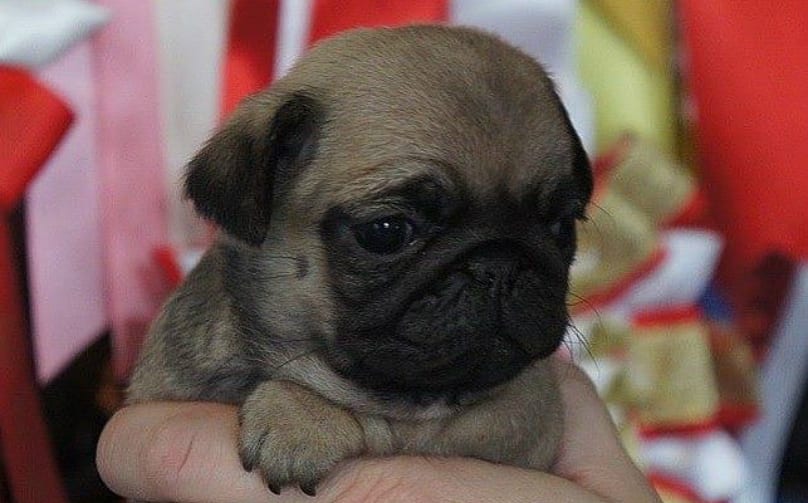

Baby-faced dogs may be adorable, but they do come with their fair share of health troubles. Brachycephalic breeds need to fit the same amount of skeletal and soft tissue into a smaller space in the head, which can lead to dental crowding. This may not seem too serious, but it can make eating and chewing difficult, sometimes requiring veterinarian intervention.
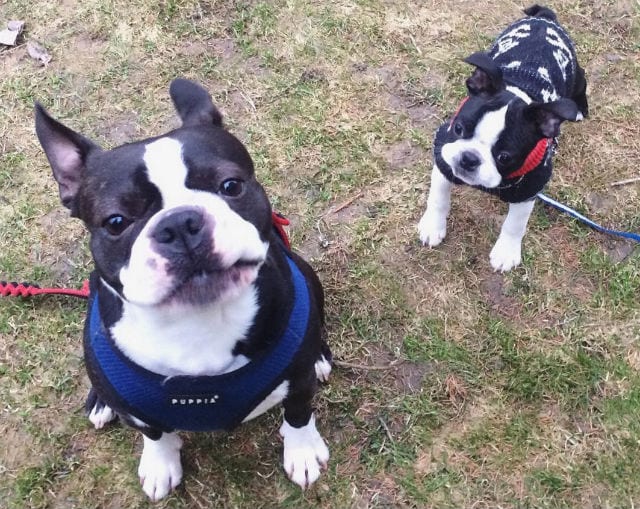

Even more serious is the fact that the extra soft tissue that hangs at the back of the throat can constrict the dog’s airways, making it difficult to exhale. When this happens, their blood can become more depleted of oxygen, increasing its acidity.


A final health concern is the fact that squishy faces result in more skin folds around the eyes. When this happens, the chance that these folds will directly touch the eye and cause problems increases.
Despite these potential health concerns, we don’t see the popularity of baby-faced dogs decreasing any time soon; there’s just too much to love about them!
Sources: EurekAlert, Modern Dog Magazine
